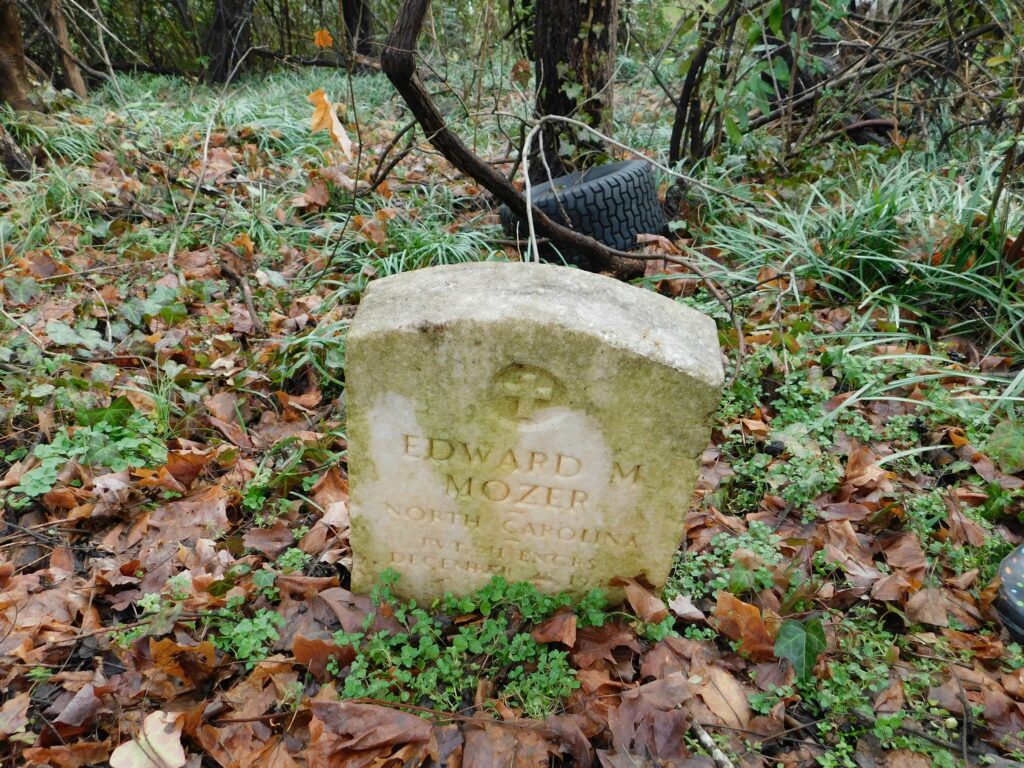With accessible at-home DNA kits like 23andMe and AncestryDNA that help us discover connections to past and contemporary relatives, an interest in genealogy is on the rise. Individuals may conduct genealogical research for many reasons: to know more about their heritage, to learn about hereditary diseases, and even to help establish self-identity. However, for many individuals, this is more challenging due to poor record keeping and historical discrimination. That’s one of the reasons Iredell County Public Library decided to research and document the individuals buried in Green Street Cemetery.
In 2022, North Carolina Humanities awarded a Large Grant to Iredell County Public Library to conduct ground-penetrating radar (GPR) surveys of Green Street Cemetery to discover unmarked graves and help establish the cemetery as a designated historic site. The cemetery is thought to be the oldest cemetery in Statesville and the largest in the county for formerly enslaved peoples.
We connected with Assistant Library Director, Amanda Cain, Local History Librarian, Joel Reese, Local History Library Program Specialist, Shellie Taylor, and Library Director, Juli Moore, to learn more about why documenting local history and genealogy is important to community vitality and identity.
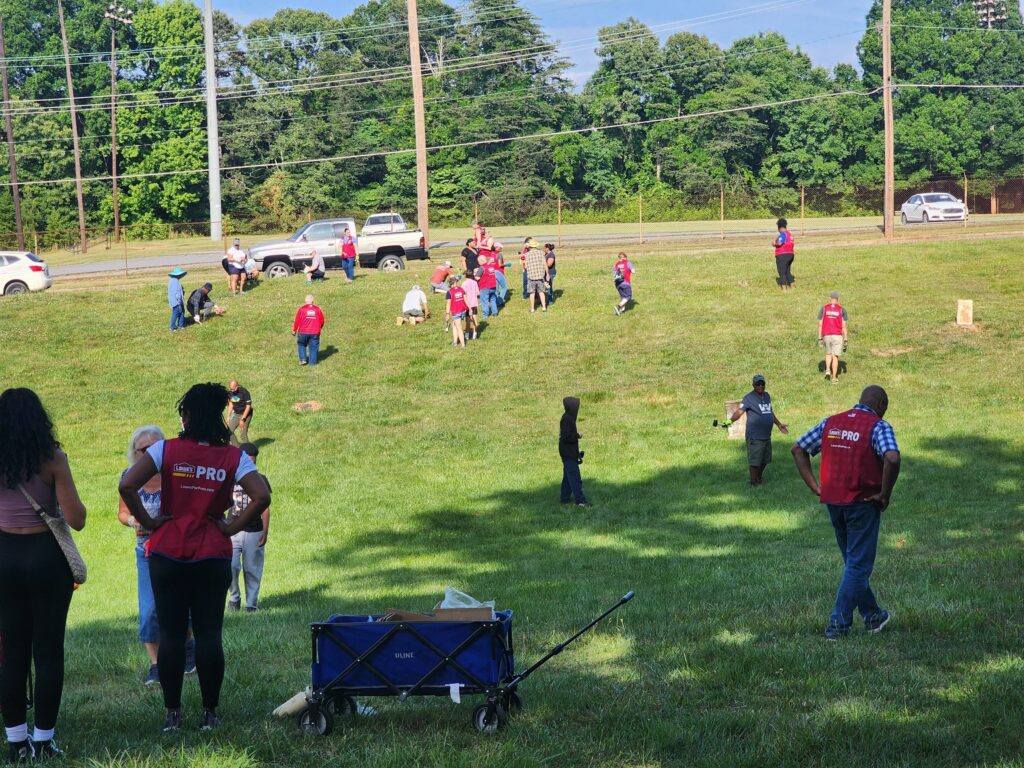
Tell us about Green Street Cemetery.
Joel: The cemetery is located near downtown Statesville. It lies between two streets, Green Street, which it’s named after, and Elm Street. It is the oldest African-American cemetery in Statesville. It was started in 1885 when the land was purchased by three gentlemen from a lady named Mary C. Bell. By the following year, they had begun selling plots in the cemetery and it served as the African-American cemetery in Statesville up until 1939, when we believe all the plots had been sold. They continued to bury people there up until 1949 because people had already purchased plots. Once the cemetery was full, it stopped being cared for. Over the years the local African-American community had cemetery cleanup days and in around 1961, the City Council agreed to mow it and take care of it. When we got involved, the cemetery was in good shape, but a lot of the markers were broken, so we’re working to address that.
What made you want to document this cemetery?
Joel: In October of 2021, we held a meeting at the library where we discussed African-American heritage and history. During the meeting, I mentioned that the African-American cemeteries here had never been inventoried. We have publications that list who is buried in the White cemeteries, but we were missing that information for the African-American cemeteries which people need to do genealogy. At the meeting, Green Street Cemetery was mentioned and how important it is locally. After that meeting the library started talking about how we could research the cemetery, and how we could utilize GPR surveying to do it. Taking on something like this was outside of our normal range of activities, but the results have been amazing. Library Director Juli Moore had a huge hand in our project success. She has been supportive throughout the project and went before the county’s Board of Commissioners to ask permission for the library to apply for this North Carolina Humanities grant. The entire project would not have been possible without the funding that we got from North Carolina Humanities.
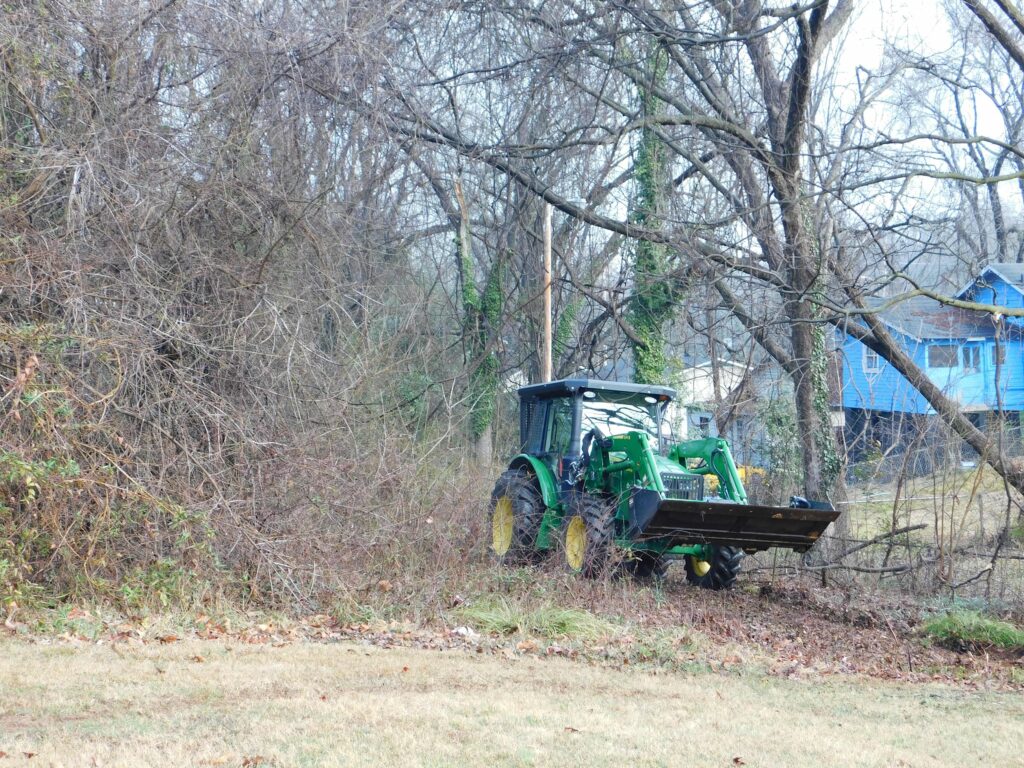
What has GPR surveying and your research uncovered?
Shellie: The surveying was done in several steps over different days. Three-quarters of the cemetery was done in a day, but there is a small half-acre lot behind an old funeral home that had to be cleaned out before the GPR machine could survey the area. This area, known as the potter’s field, is where we believed impoverished people were buried; that’s why we wanted to survey it. We found 52 people buried in the potter’s field. Before the project, we knew about 700 names of people buried in Green Street Cemetery. After our research, we now know nearly 1,500 names. We looked at death records, death certificates, and obituaries in newspapers, and family members have been a big help as well. We’ve also identified that there are over 2,200 graves in the cemetery, with just 157 of the original headstones still existing. There are 406 people buried there that were born either in 1865 or before, meaning that they were born into slavery as enslaved people and later died free. They witnessed the end of the Civil War, the freeing of slaves, and emancipation. They lived through a flood in 1901, World War I, the Spanish flu epidemic in 1918, the crash on Wall Street in 1929, the Great Depression, and World War II. They endured a lot of hard times, but they survived and adapted. All the records we’ve found can be seen on our Flickr page.
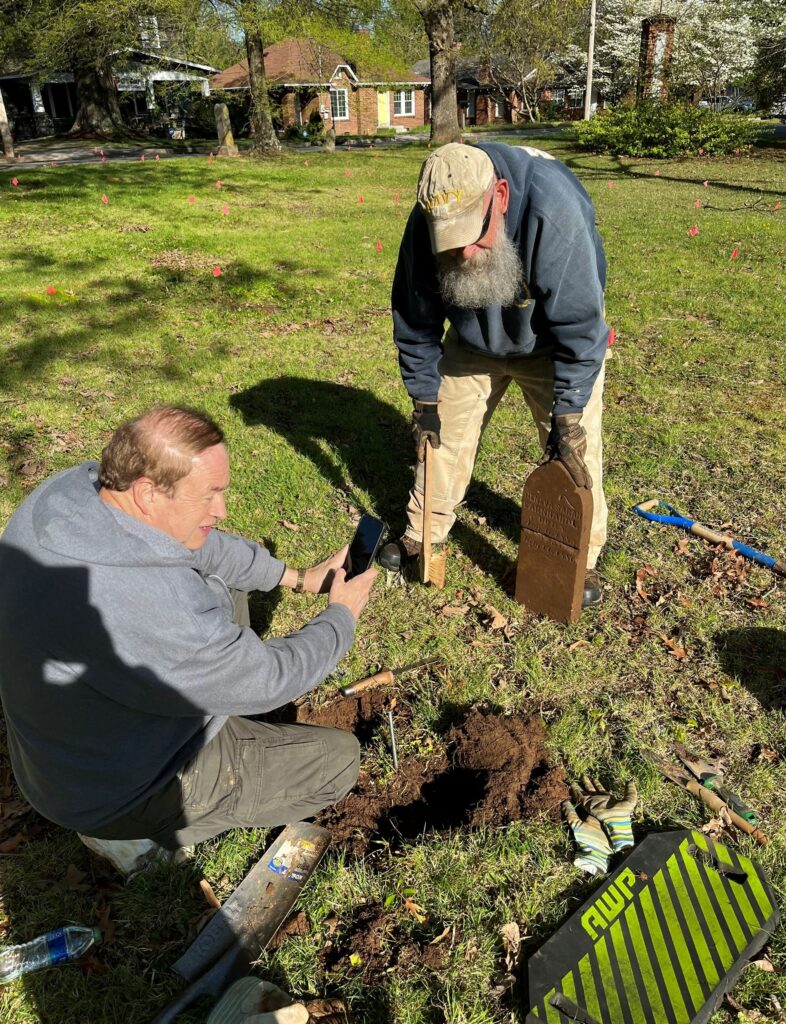
What stories have you discovered through your research?
Joel: Years ago, I got a call from the library at UNC Chapel Hill. They had been contacted by a lady from Statesville whose children found some old papers on the floor of an abandoned hospital in Statesville called Davis Hospital. The papers were the records of an African-American male who had an appendicitis surgery. Two things were curious. One, the date of the surgery was also his release date, and two, under the discharge notes it said, “To Daisy’s.” Finding this interesting, I researched “Daisy” and learned that at Davis Hospital, African-Americans were sent to the basement to receive care. They had to wait to be seen and if you were treated and had surgery, you were not allowed to spend the night and were instead often sent to Daisy Robinson’s house. Daisy was an African-American nurse who lived down the road who would care for patients from Davis Hospital. That’s why the discharge papers said, “To Daisy’s!” Well, Daisy died in 1947 of tuberculosis, which she probably got from a patient, and I knew from my prior research that she was buried in Green Street Cemetery, but I could never find her gravestone. I had forgotten about this but in 2022 when we were clearing the potter’s field, we found a tombstone turned upside down. When we flipped it over, I couldn’t believe it. It belonged to Daisy Robinson. “There’s Daisy,” I said. That’s just one of the stories we’re putting back together. Everyone in Green Street Cemetery, all 2,200 people, have a story.
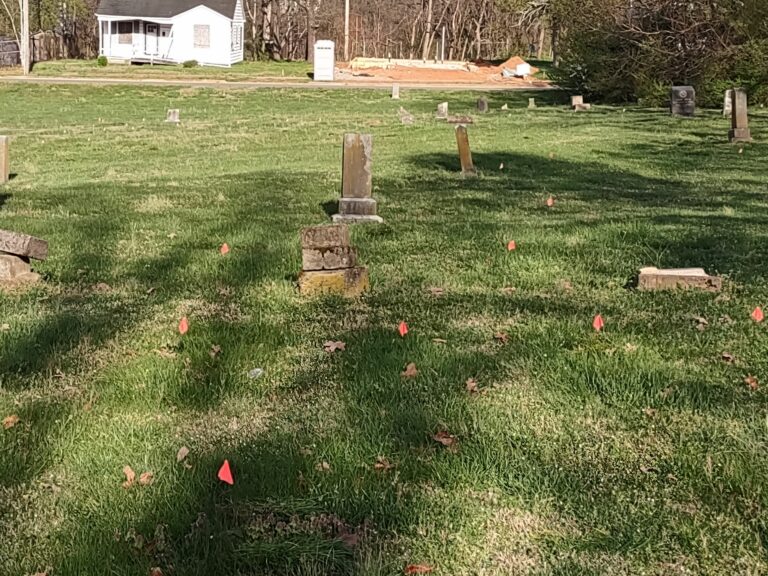
What has been the community response to this project?
Amanda: After the initial survey, we held a community involvement day and invited everyone in the community to help us install permanent grave markers. We had great support. Older citizens who couldn’t physically help even came out to express their gratitude and support. When we had our second installation, we were contacted by Lowe’s Business Resource Group, who had about 50 volunteers interested in helping and they also donated supplies like grass seed and fencing to help prevent erosion. We’ve also partnered with the Statesville branch of the NAACP who have helped repair stones and held a training workshop on how to clean headstones with a chemical-free, biological solution. We’ll be holding more community involvement events in the future.
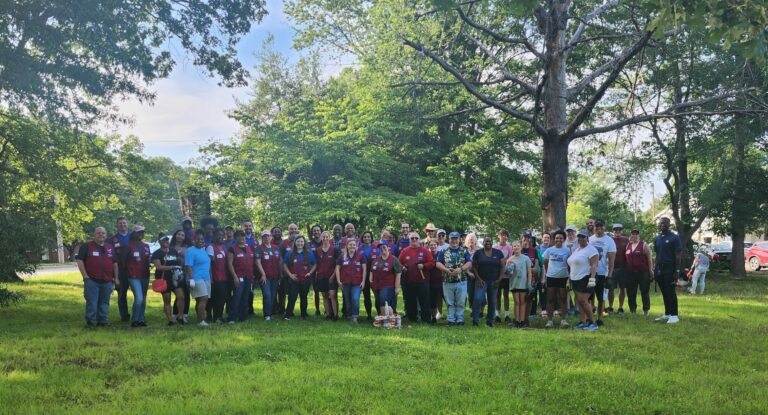
How can people support Iredell County Public Library?
Amanda: You can support the Library through our Iredell Friends of the Library group! Donations can be made online or sent to Iredell Friends of the Library, P.O. Box 1306, Statesville, NC 28687. Please mark your donation “For Local History,” so that it goes to support this project! Thank you!
About North Carolina Humanities’ Grantee Spotlights: NC Humanities’ Grantee Spotlights shine a light on the incredible work of our grantee partners, offering details about their funded project, and feature a Q&A with a team member(s) associated with the organization. This interview has been edited for length and clarity.
Photo Credit: Iredell County Public Library


